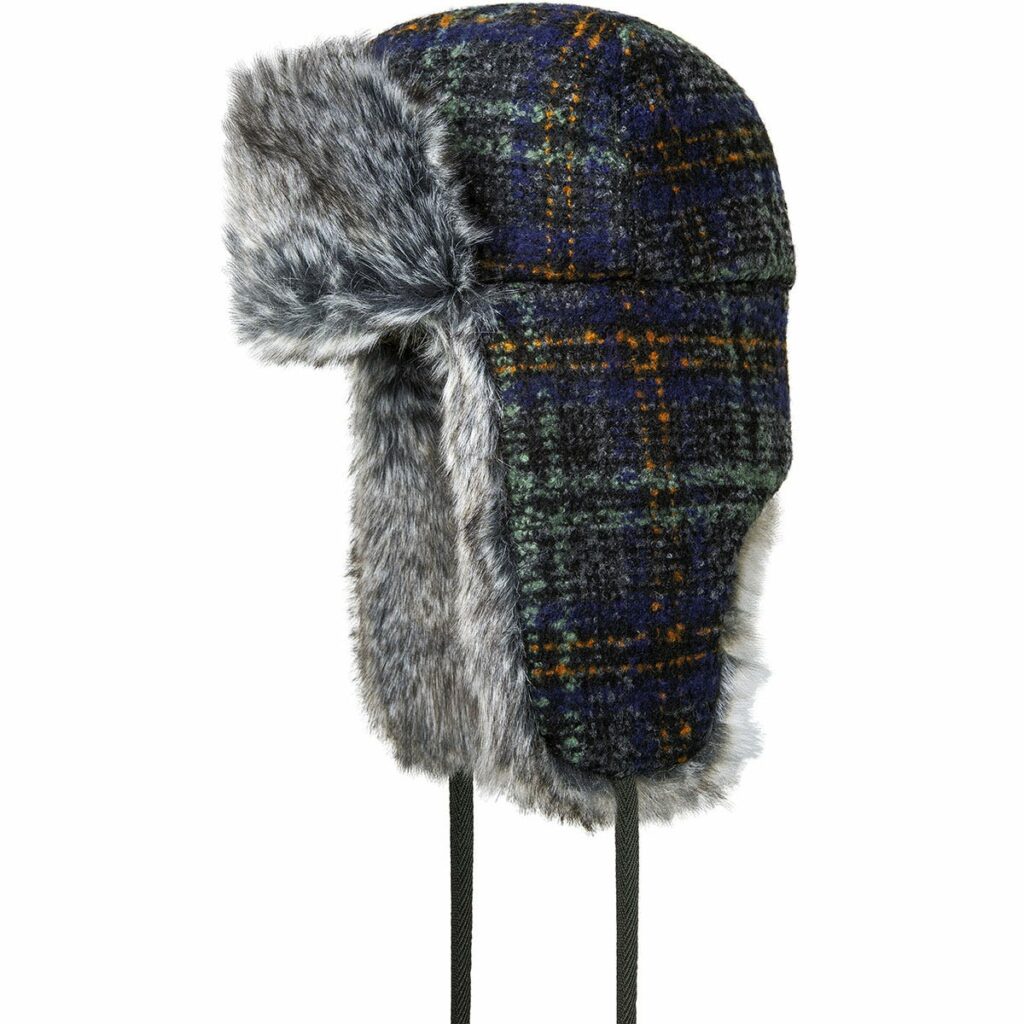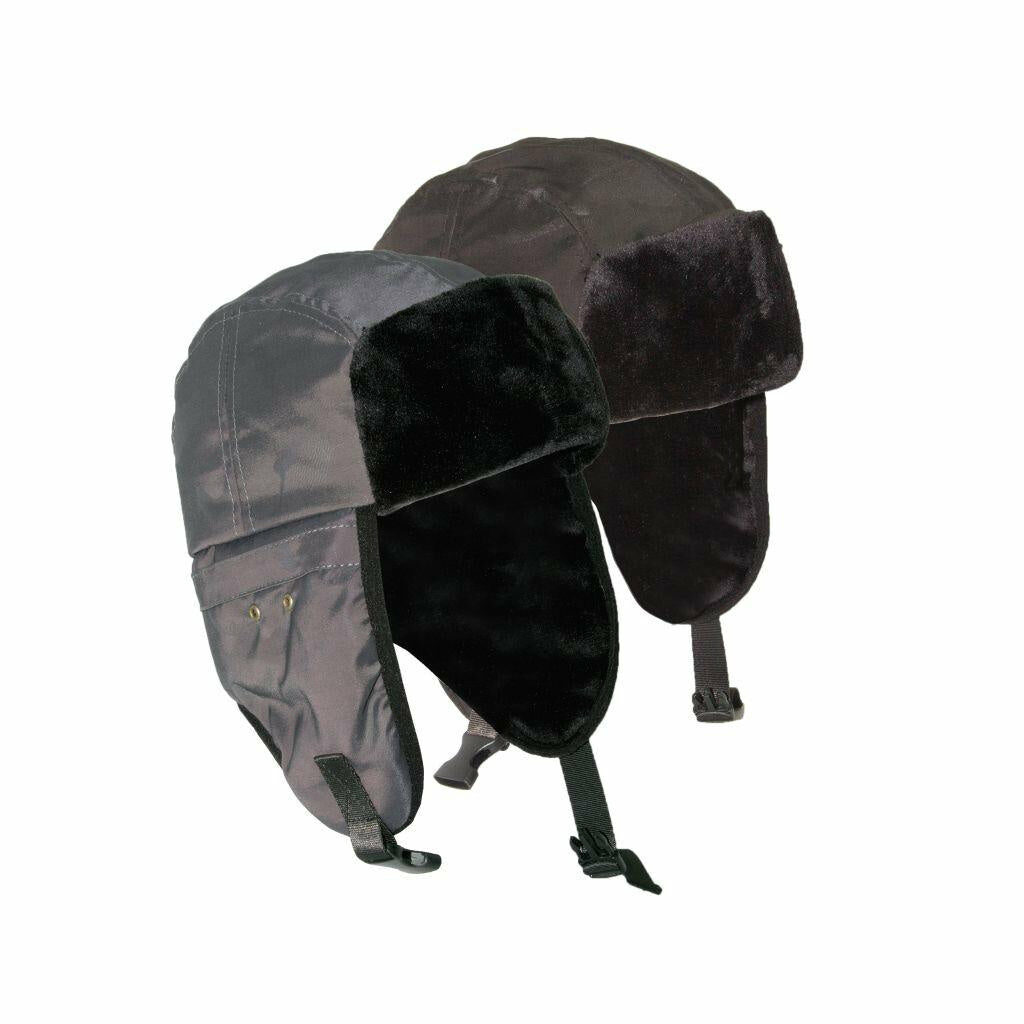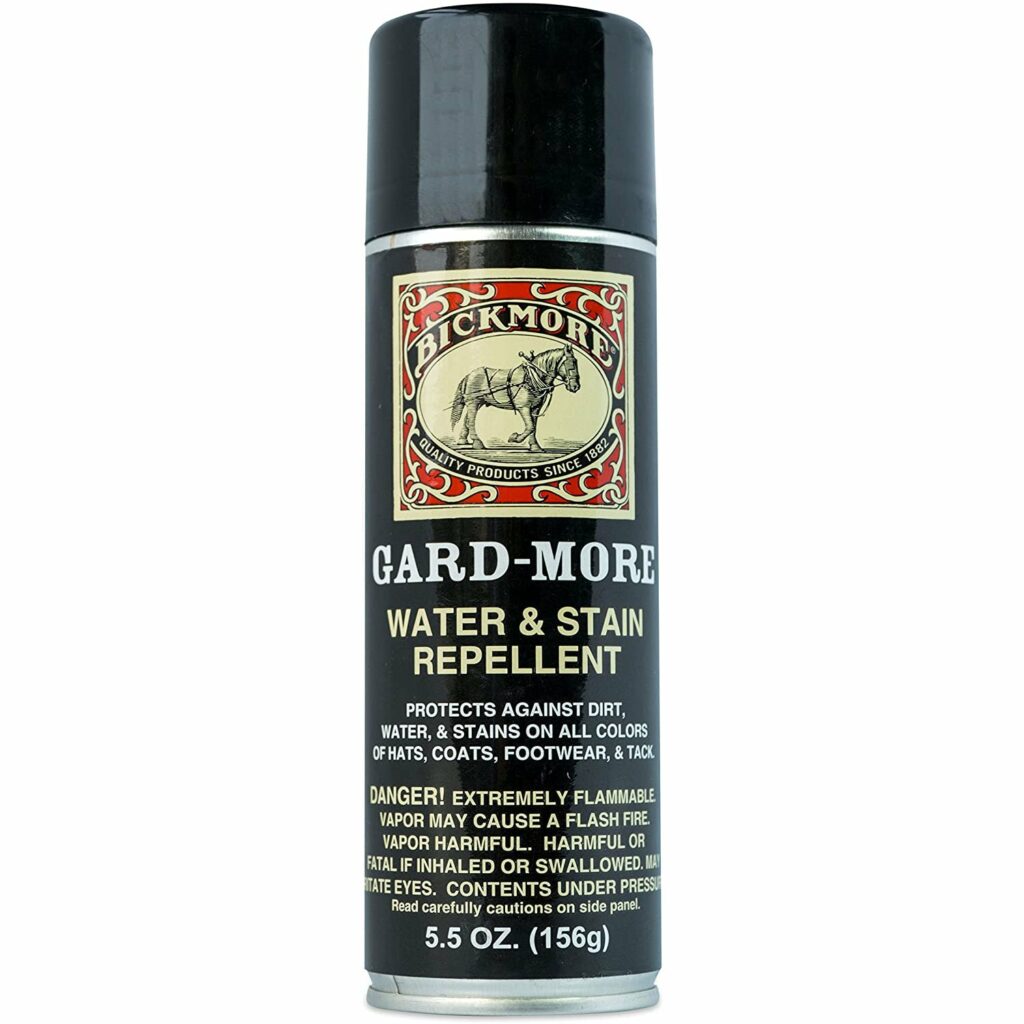Ushanka vs. Trapper Hat: What’s the Difference?
The Ushanka and the Trapper hat look very similar to each other. Due to this, the two names are often used interchangeably. However, despite the glaring similarities in design and...
The Ushanka and the Trapper hat look very similar to each other. Due to this, the two names are often used interchangeably. However, despite the glaring similarities in design and...

The Ushanka and the Trapper hat look very similar to each other. Due to this, the two names are often used interchangeably. However, despite the glaring similarities in design and purpose, they have some distinct differences that are worth discussing.
Both articles of headwear have evolved into something that anyone can wear. After all, fashion doesn’t have boundaries. But these differences may help you decide which one to get for yourself or a loved one.
In this guide, we’ll be discussing the origins, use, materials, maintenance, and some styling guidelines for anyone who wants to know more about Ushankas and Trapper hats.

Both Ushankas and Trapper hats are made especially for cold temperatures. Similarities in the structure include long ear flaps that can tie together at the chin, thick inner linings, and adequate forehead protection from the cold.

Given these visual similarities, it’s easy to mistake one for the other at first look. So let’s get into their differences so we can appreciate the qualities of each hat.
Ushankas are of Russian origin. It was originally used for sub-zero temperatures in the Russian and Arctic Regions and was a staple in military uniforms. It has since become more widely used by people outside the military, such as politicians and civilians.
Trapper hats, on the other hand, are of American, English, and Canadian origin. Some describe it as an informal alternative to the more formal Ushanka.
There are various occupations associated with both the Ushanka and Trapper hats. As mentioned before, the Ushanka was associated with the Russian military. Meanwhile, Trapper hats were associated with hunters, pilots, and extreme sports athletes.
Ushankas are thickly lined inside and outside, while Trapper hats usually only come with inner linings and an outer coat of a different material. The materials used for both hats will be discussed a bit later.
Trapper hats are more versatile when it comes to designs compared to Ushankas, which are usually offered in a plain color. They also have a longer back flap that covers the nape. This traps more heat to keep the neck warm.
Both the Ushanka and Trapper hats can be worn open, closed, or loose.
The hat is open when the ear flaps are folded up and tied on the crown of the head. It is closed when the ear flaps are down and tied at the chin. Finally, it is loose when the ear flaps are let down without tying them together.
Ushankas are lined inside and outside with fur or sheepskin. Trapper hats make use of wool and cotton and are only thickly lined inside. The outer coat is usually of a different color and material. As a result, Ushankas are softer and more foldable than the Trapper hat, which has more structure.
This is also the main difference Ushankas and Trapper hats have from Aviator hats. Aviator hats are made of leather and provide less warmth for the nape and head.
Both hats require little maintenance except for some regular cleaning. Ushankas would last longer when dry cleaned as their fur is a bit more delicate and requires some more attention. Trapper hats will do just fine being washed at home.
The lower level of maintenance needed further emphasizes the informality of Trapper hats.
Styling guidelines usually apply to more traditional settings. But the Ushanka and Trapper hat can be worn however one pleases, especially today, where self-expression through fashion is the norm.
Nonetheless, here are some styling guidelines that are useful for anyone who wants to abide by more traditional practices.
Those are the main similarities and differences between Ushankas and Trapper hats. Ultimately, the decision on which one to buy and wear for the cold lies in your preferences, regardless of occupation, gender, race, etc.
Here are some of our product recommendations to help you choose some fashionable Ushanka and Trapper hat choices for you or a loved one.

This is a wool Ushanka in its open and loose form. It is available in Camel, Dark Flannel, Black, Prussian, and Vino.

You can also choose the size that fits you best. Ushankas look best with jackets worn closed.

Pictured above is a fleece-lined camo trapper available in black and grey. It has an extra heat holder feature and is available in medium, large, and extra large.

Trapper hats look good with both jackets and flannels that are worn open.

Hat accessories can make caring for your Ushanka and Trapper hat much easier. You can choose to purchase a Hat Care Kit containing a hat cleaner, hat deodorizer, and a hat protector to make your hats last longer.

You can also opt for water and stain-repellent or Gard-More, which helps the hat keep its integrity despite exposure to moisture or dirt.
Ushanka and Trapper hats both effectively keep your head warm in cold temperatures, but they have distinct features that could make one more appealing than the other to certain groups of people.
Whichever one you choose to purchase, what matters is that you know what to pair it with to combine function and aesthetics.
Navigate through cold temperatures in style with Ushankas and Trapper hats today!
No, an Ushanka is not the same as a Trapper hat. They have minute differences in materials used, design, and general origin.
No, it is not offensive to wear an Ushanka. It is meant to provide warmth and is not exclusive to the culture of its country of origin.
Yes, Ushankas are in style. They are always seen around when the cold rolls in. They are now available in multiple colors and designs and have become a fashionable winter item.











